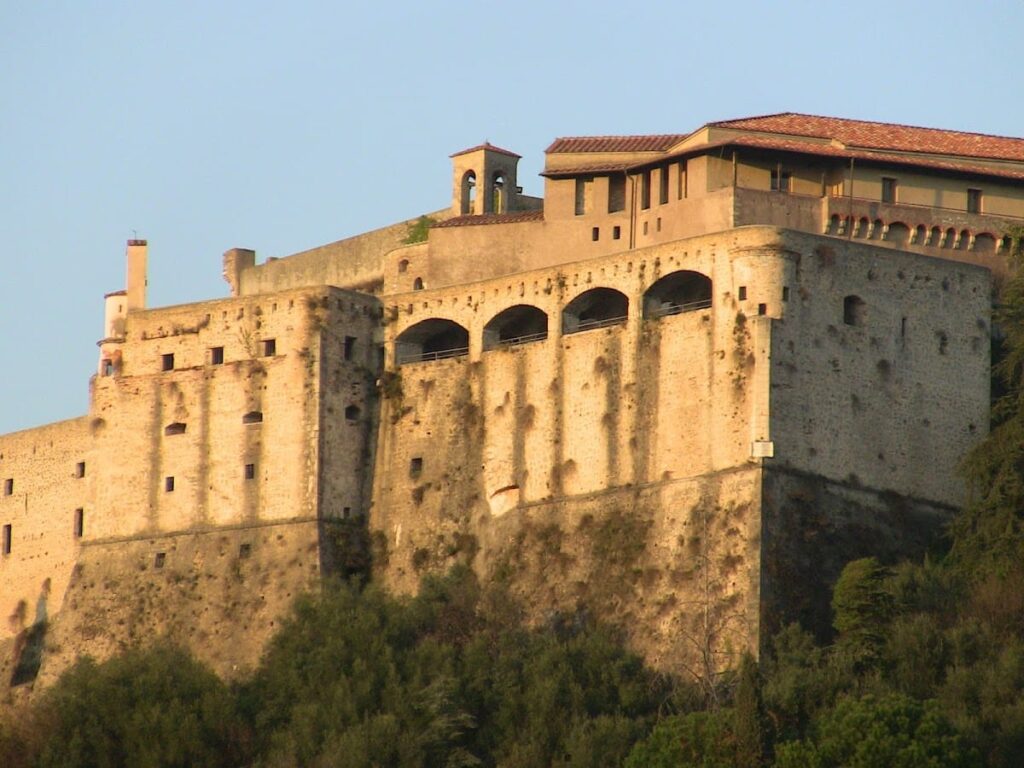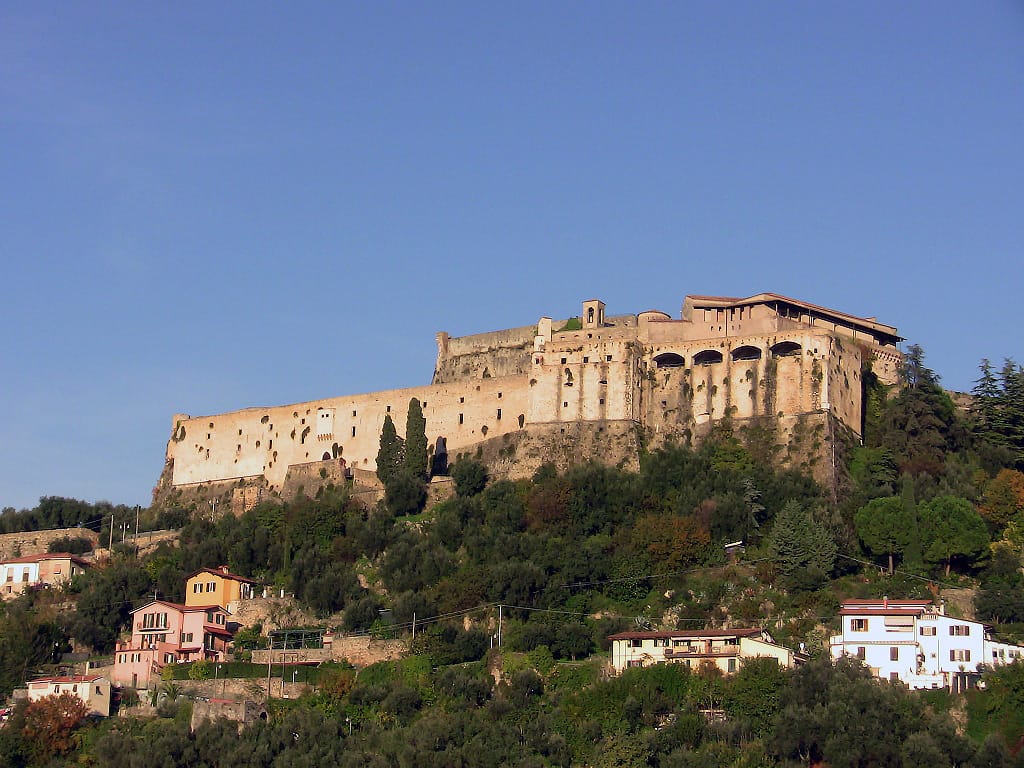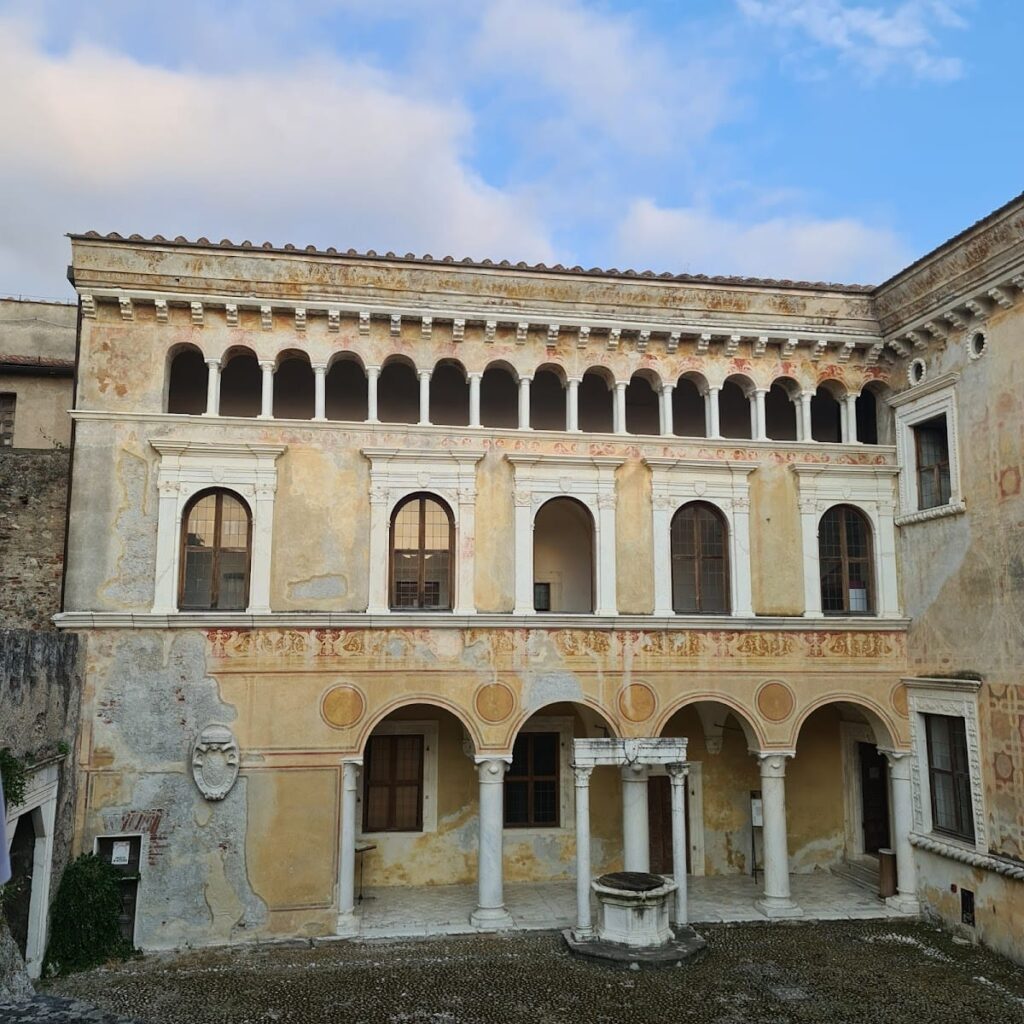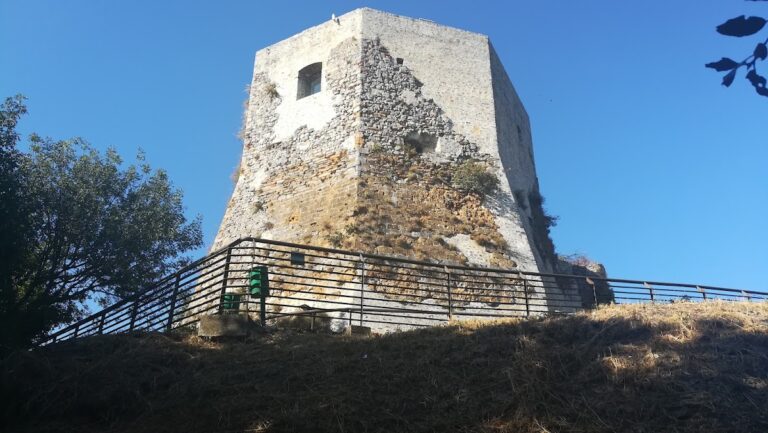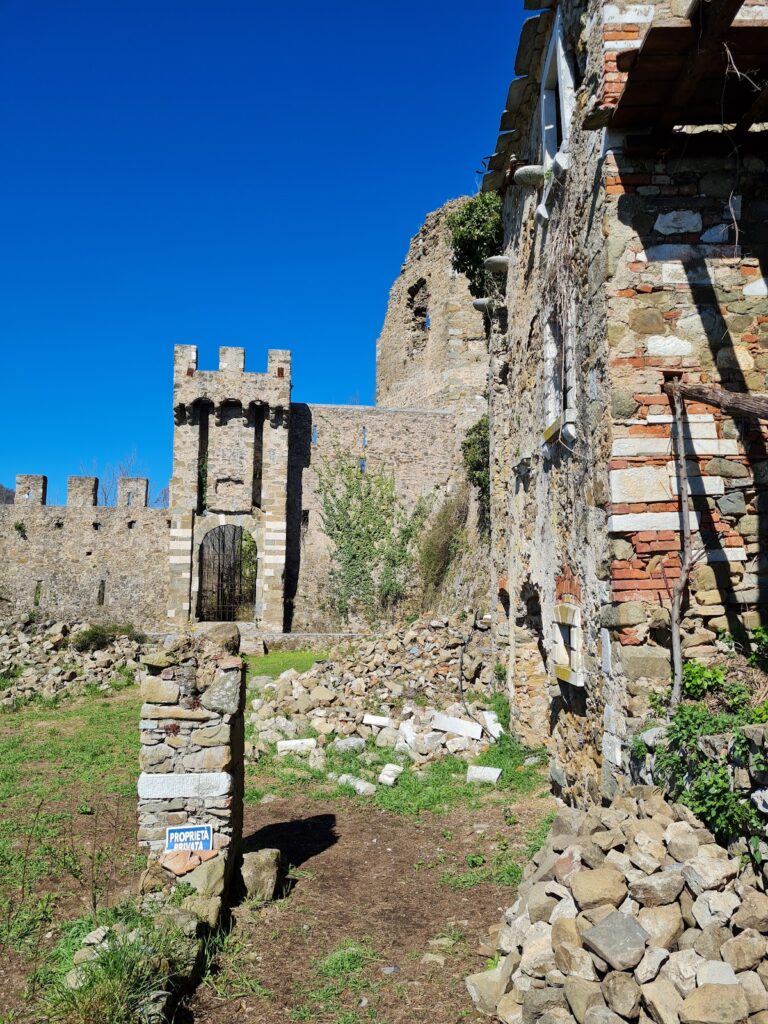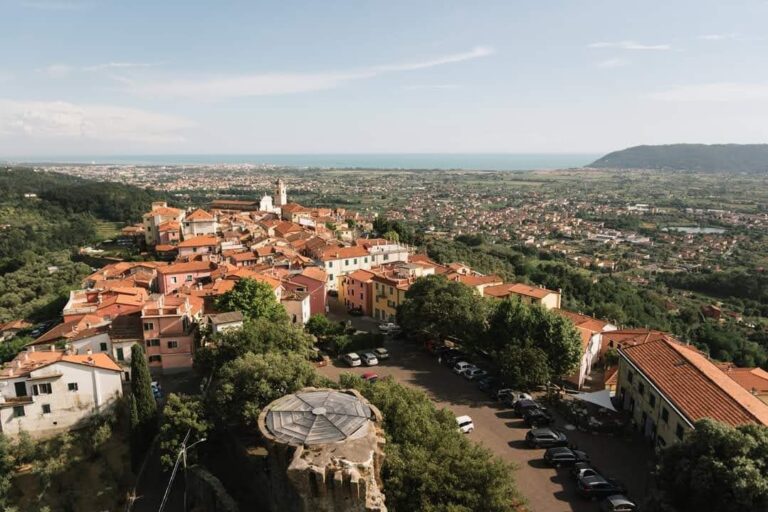Malaspina Castle: A Historic Fortress in Massa, Tuscany
Visitor Information
Google Rating: 4.3
Popularity: Medium
Google Maps: View on Google Maps
Official Website: www.comune.massa.ms.it
Country: Italy
Civilization: Medieval European
Remains: Military
History
Malaspina Castle stands on a rocky hill overlooking Massa and the Tyrrhenian Sea in Tuscany, Italy. Its origins trace back to the 10th century when the Obertenghi family established the first fortification here. By the late 11th century, Adalberto IV Rufo, the first marquis, made the castle his permanent residence. The site’s strategic location allowed control over the coastal stretch from the Corvo promontory to Livorno, making it a key military and administrative center.
The 12th century was marked by regional conflicts that affected the castle’s stability. Control of the fortress shifted amid struggles involving nearby powers such as Lucca, Florence, Pisa, and the Visconti family. These turbulent times led to several military engagements and modifications to the castle’s defenses.
In the early 14th century, Castruccio Castracani, lord of Lucca, undertook significant rebuilding efforts. He reconstructed the central keep, added towers, a drawbridge, and expanded the curtain walls. These enhancements transformed the castle into a formidable military stronghold, reflecting the era’s warfare demands.
The Malaspina family regained possession in 1345. From 1442, the Malaspina marquises ruled Massa, granting its inhabitants commercial freedoms and political rights. During the Renaissance, the castle evolved to include a residential palace, signaling a shift from purely military use to a noble residence.
In 1554, the Cybo-Malaspina dynasty began its rule, elevating Massa to a principality. Alberico I Cybo-Malaspina initiated major military upgrades, adding bastions, artillery platforms, and walkways to strengthen the fortress against artillery attacks. From the 17th century onward, the castle’s role became primarily military, later serving as a prison until 1946. After its closure as a prison, the castle underwent restoration and was opened to the public.
Remains
The castle complex features bastioned curtain walls, a central keep carved from a single rock block, and a Renaissance residential palace. The layout reflects multiple construction phases, blending medieval military structures with later residential additions.
Medieval elements survive mainly in the upper military section and the palace’s underground chambers. A small quadrangular tower base, built with large limestone blocks and minimal mortar, likely dates to the 12th or 13th century. This sturdy construction technique highlights the defensive priorities of the period.
Within the castle, a large square pillar made of white and bardiglio marble blocks, about 1.6 meters on each side, remains from a medieval residence. Nearby, a spiral staircase with a central brick column and an adjacent trapdoor also dates to the 12th or 13th centuries, indicating complex internal access routes.
The Renaissance palace consists of three blocks arranged around a courtyard. Two blocks are contemporary, while a later addition unified the structure. Two 15th-century corner towers, including the Pinello tower at the southeast corner, were built for residential defense. A semicircular tower once stood at the west corner but was later demolished.
The curtain walls, originally crenellated and dating to the 15th century, were heightened between the late 16th and mid-17th centuries. Cannon embrasures and a long patrol walkway were added to adapt the fortress to artillery warfare. A bastion southwest of the castle, constructed in 1603, further enhanced its artillery defenses.
The palace’s underground rooms are carved directly from the bedrock. These chambers once featured Renaissance frescoes, marble decorations, and sculptures, including in the chapel with loggias. Unfortunately, these artworks and the historic effigy of Alberico I have been lost over time.
Overall, the castle’s remains reveal a complex history of military and residential use, with well-preserved medieval foundations and Renaissance modifications visible today.
